
Some days, a flicker of candlelight and a gentle fragrance are enough to hush the mind after hours of noise and to-do lists. Scented candles can be influencers of calm and weave great moods into any room. Yet, not every scent plays well within four walls. Several fragrances, despite their charm, carry an intensity that can unsettle the senses or crowd the indoor air. So, before buying a fragrant candle, it’s important to know which aromas are known to nurture peace and which might stir up more than you bargained for. In this list, you’ll find both types—the scents that invite deep breaths and restful evenings and those better left for other moments or open spaces. Let’s start with the seven candle fragrances that will leave you relaxed.
Lavender
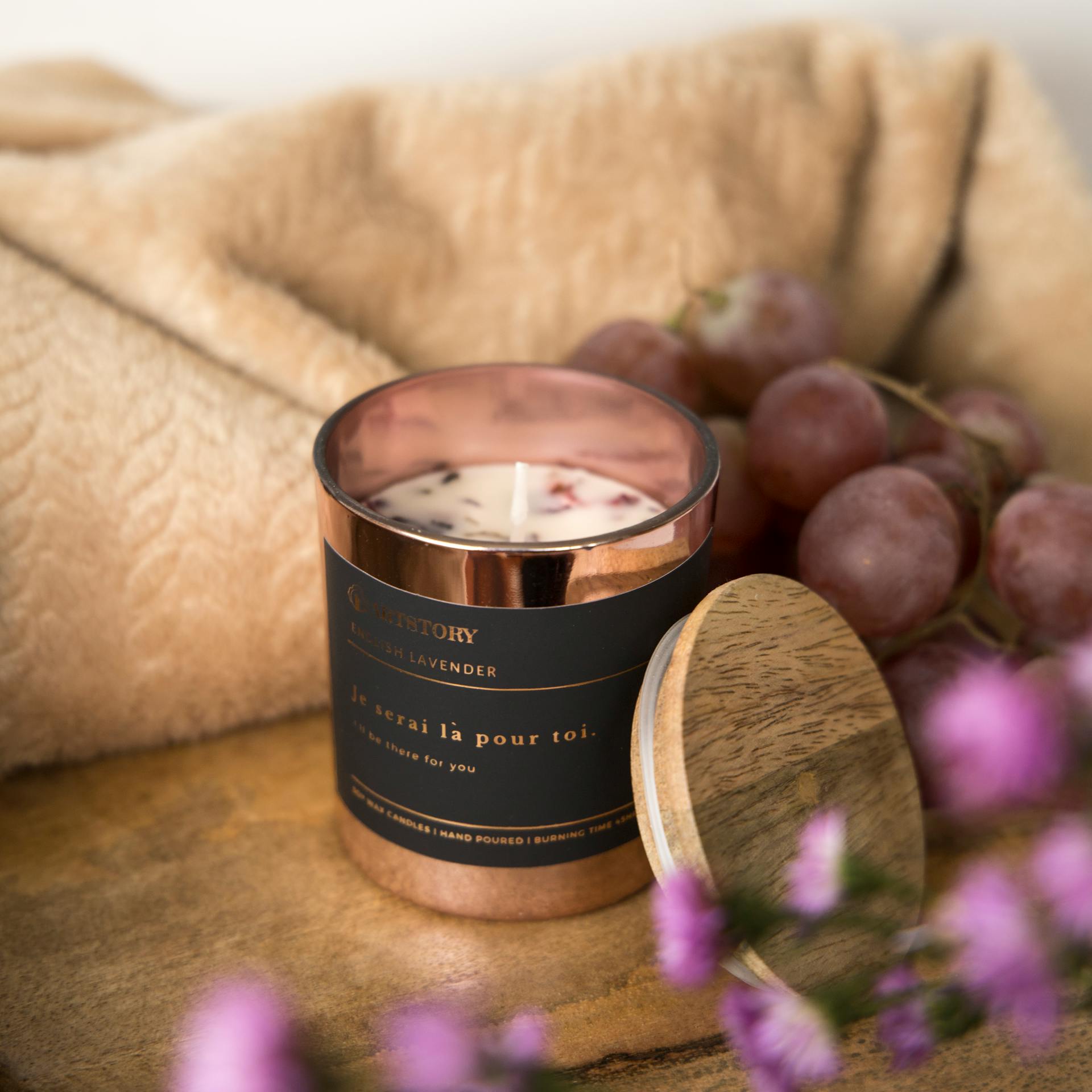
Lavender has eased minds for centuries. Greeks trusted it in their baths, and even royalty like Queen Elizabeth I demanded its fresh fragrance daily. Today, science confirms it lowers stress and deepens sleep. This calming scent can be found in multiple candles, inviting a return to simple relaxation.
Chamomile
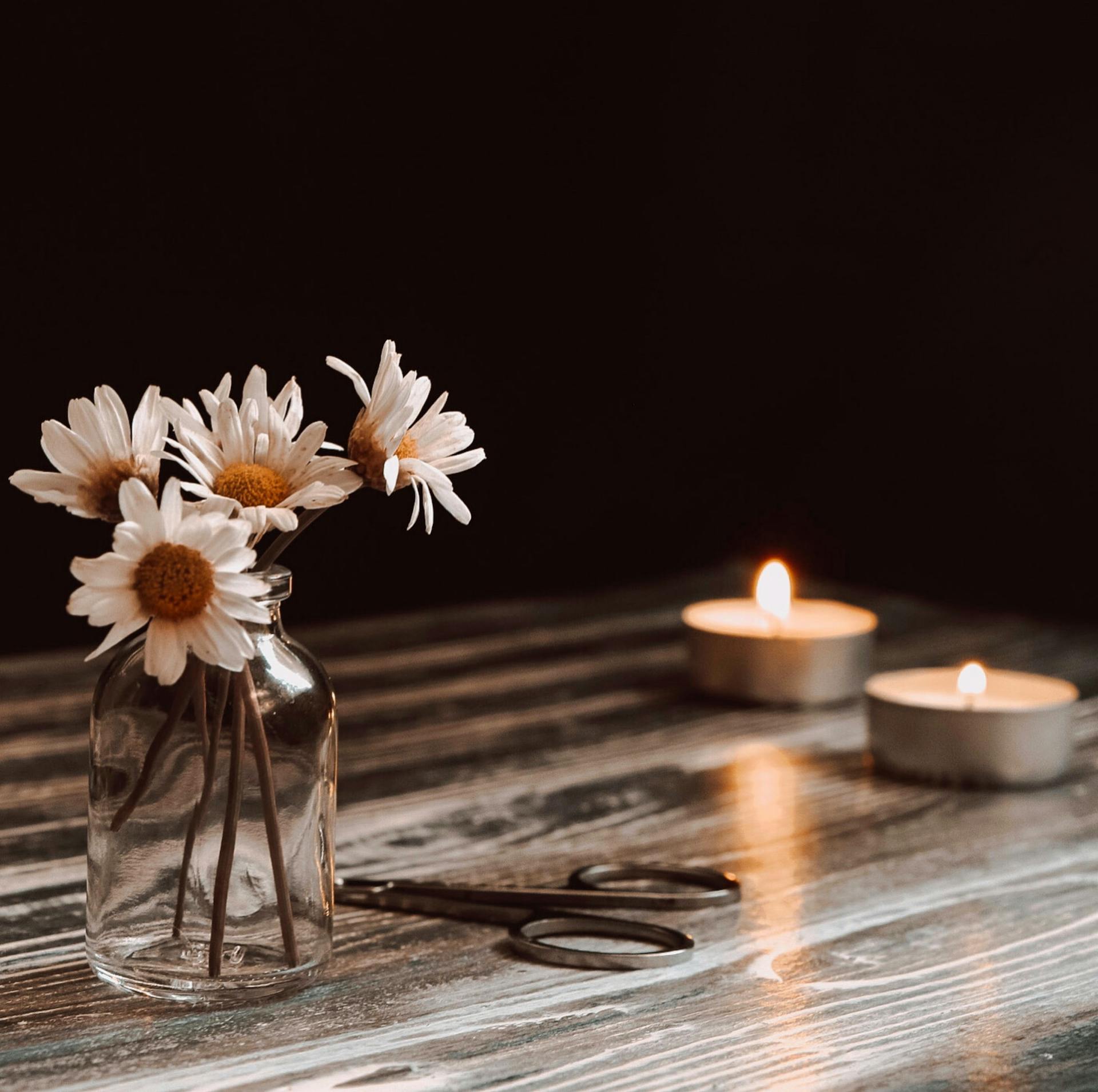
In chamomile, there is apigenin, a sedative compound that can help you sleep. That’s why chamomile tea is known to aid better rest. Ancient Egyptians also used chamomile in religious offerings, and even Roman soldiers used to carry chamomile balm to stay calm.
Sandalwood
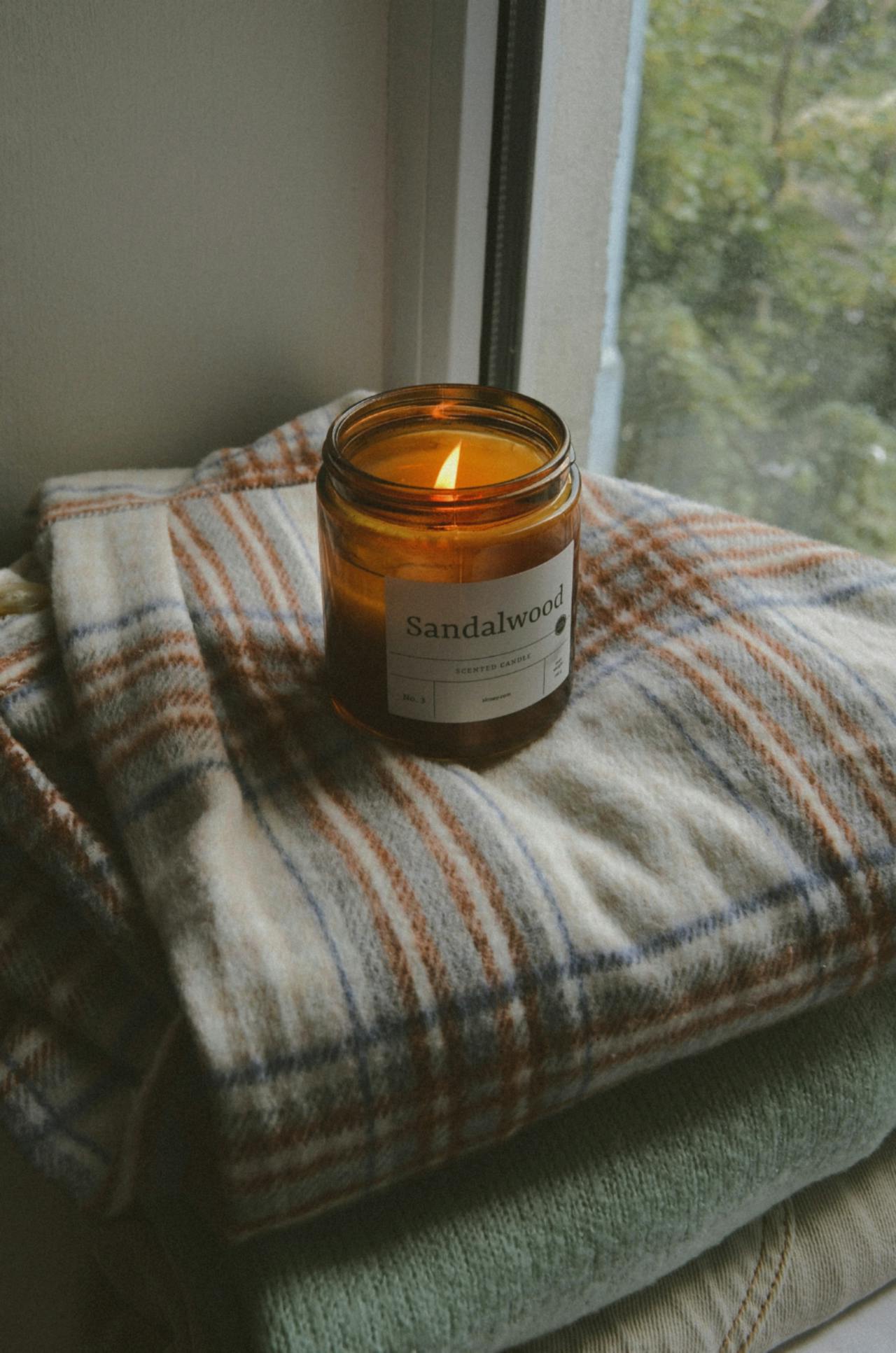
Besides being pleasant, sandalwood’s scent raises alpha brain waves and encourages a relaxed mind. If you’re a light sleeper, you can enjoy reduced wakefulness. Hindu temples have trusted it for generations. However, sandalwood oil is so prized it’s often more costly than silver by weight.
Jasmine
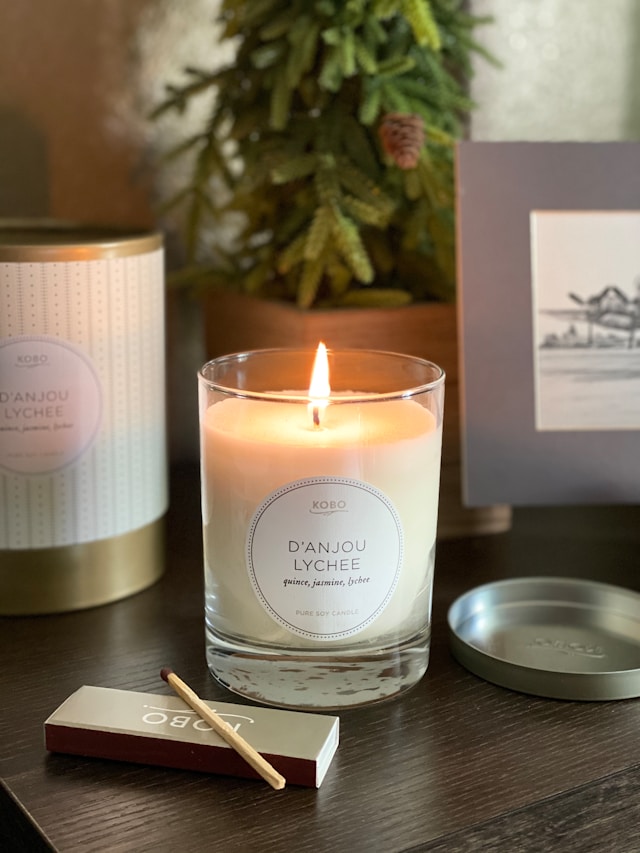
Jasmine’s calming properties come from its ability to lower heart rate and ease anxiety. It’s favored in Middle Eastern perfumes and blooms exclusively at night. When inhaled, it even improves sleep more effectively than lavender. Jasmine tea complements its soothing, aromatic power.
Rose
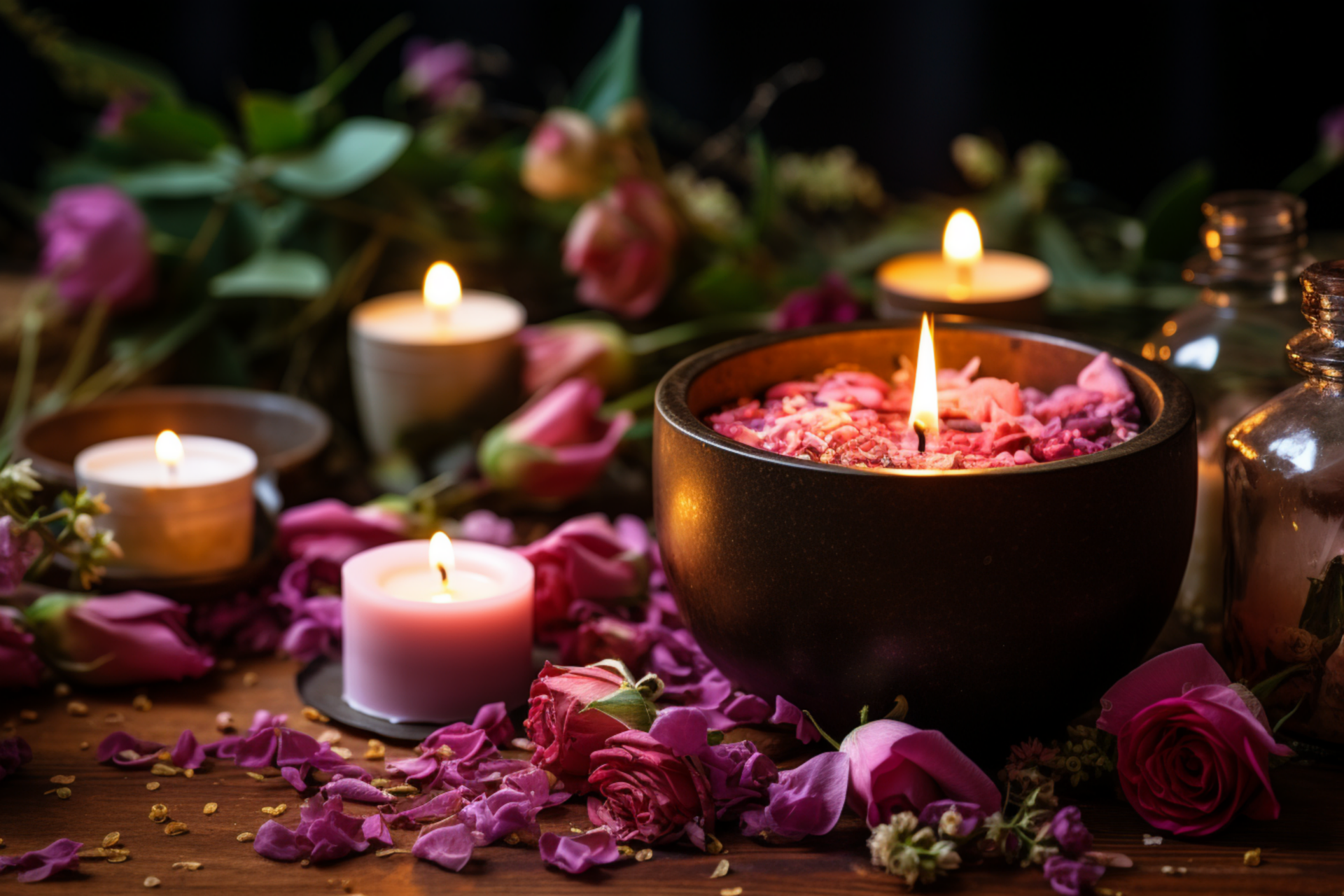
Rose oil is rich in linalool and geraniol, both of which not only beat stress but also support calm moods. In clinical aromatherapy, it reduces anxiety effectively. Cleopatra famously used rose petals to seduce Mark Antony. This timeless scent still enhances skincare routines and indoor air.
Vanilla
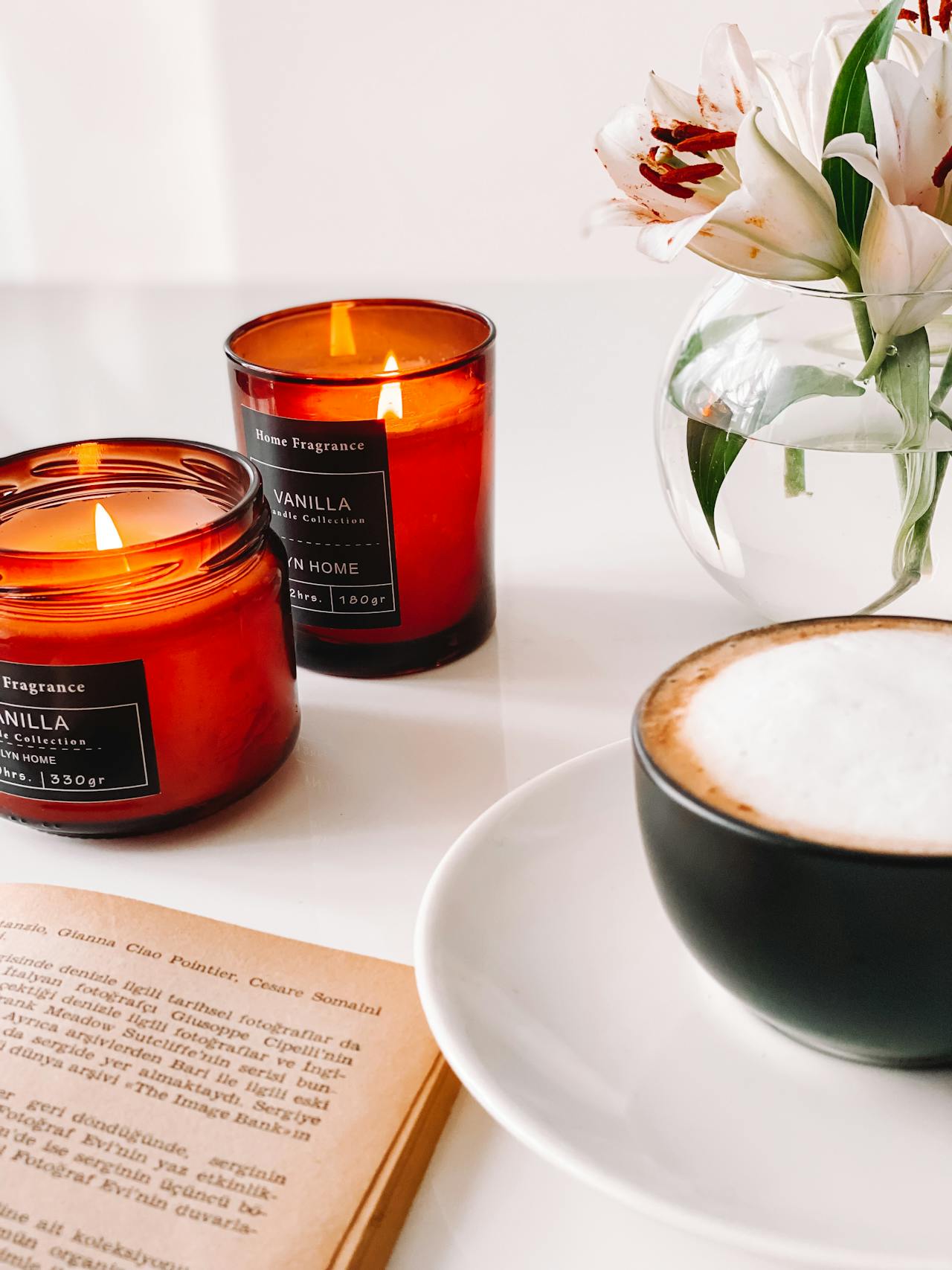
Hospitals use vanilla’s aroma to reduce patient restlessness. It’s proven to ease anxiety and calm the startle reflex. This scent is derived from orchids and ranks as the world’s second most costly spice after saffron. Early explorers called it the “black flower.”
Ylang Ylang
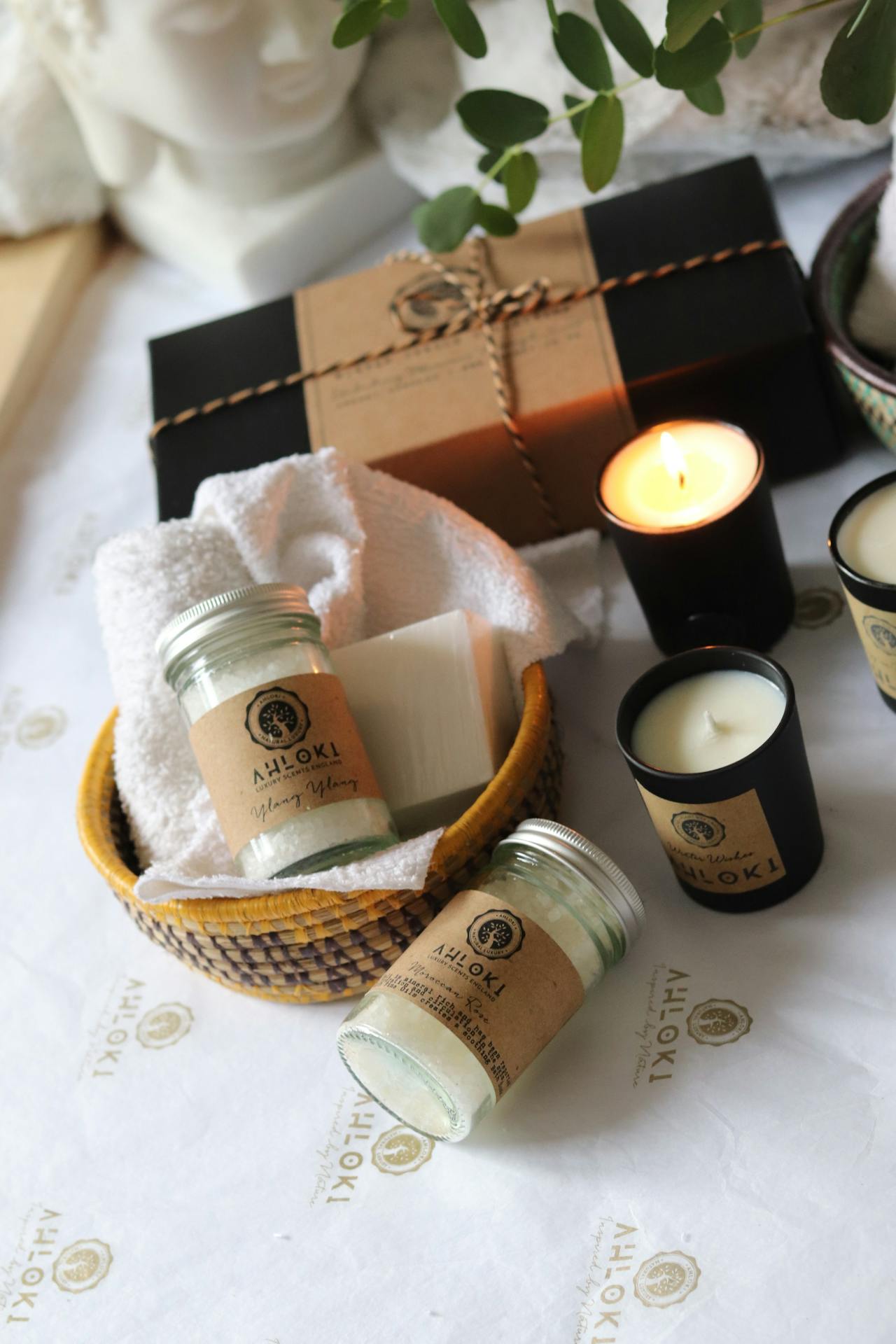
Ylang Ylang is a Tagalog word which means “flowers of flowers.” Its fragrance works as a relaxant. Beyond lowering stress levels and blood pressure, it even improves self-esteem. In Indonesia, newlyweds sleep under its scattered petals, and it’s also famously used in the classic Chanel No. 5 perfume. While these candle scents aid relaxation, there are those that shouldn’t be used indoors. Here are 7 of them.
Cinnamon
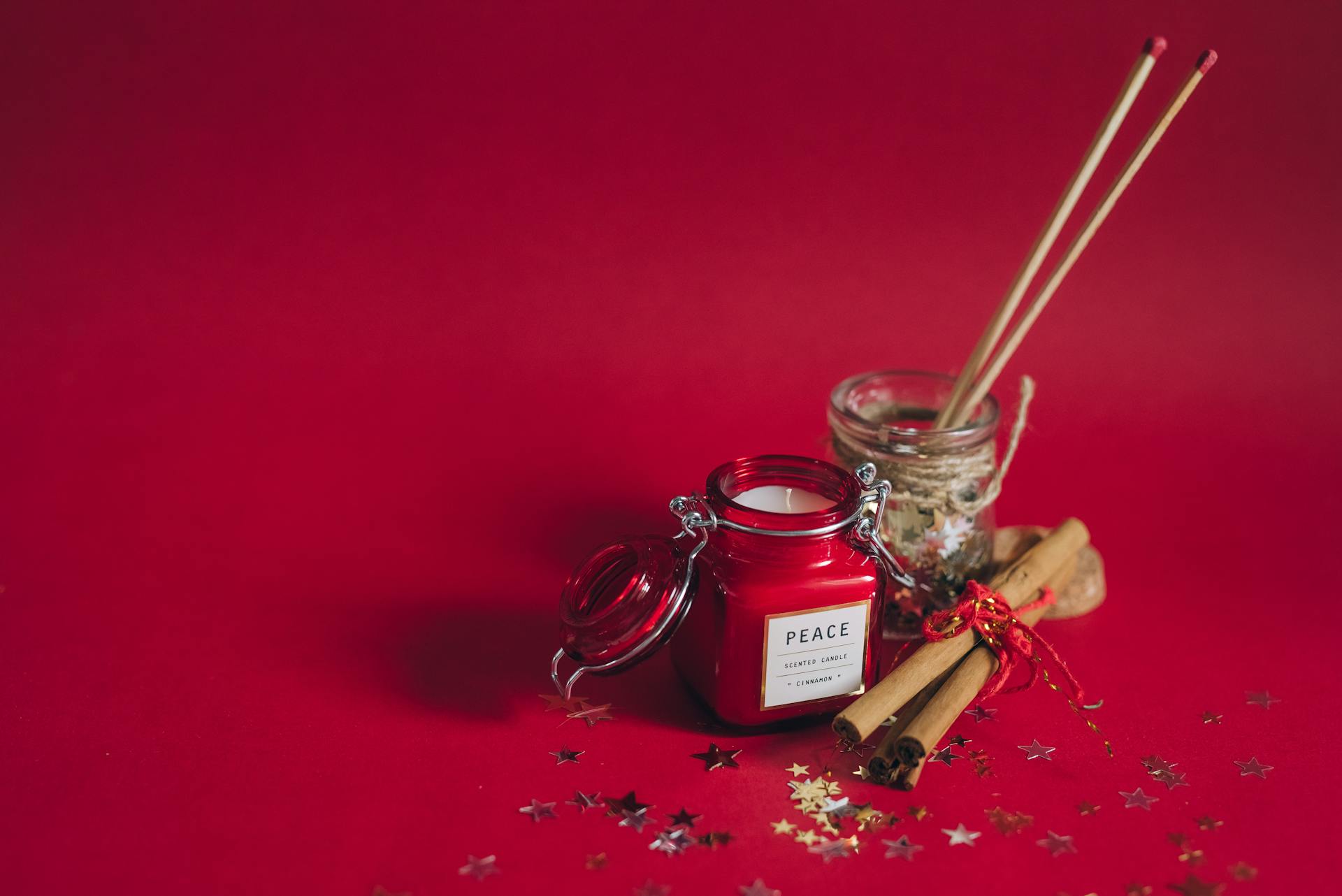
If used inside the house, cinnamon’s cinnamaldehyde can trigger irritation in the nasal membranes. Its potent aroma often overwhelms small areas, making it less ideal for indoor candles. So, while a pinch of cinnamon aids metabolism, it’s not made for room air.
Peppermint
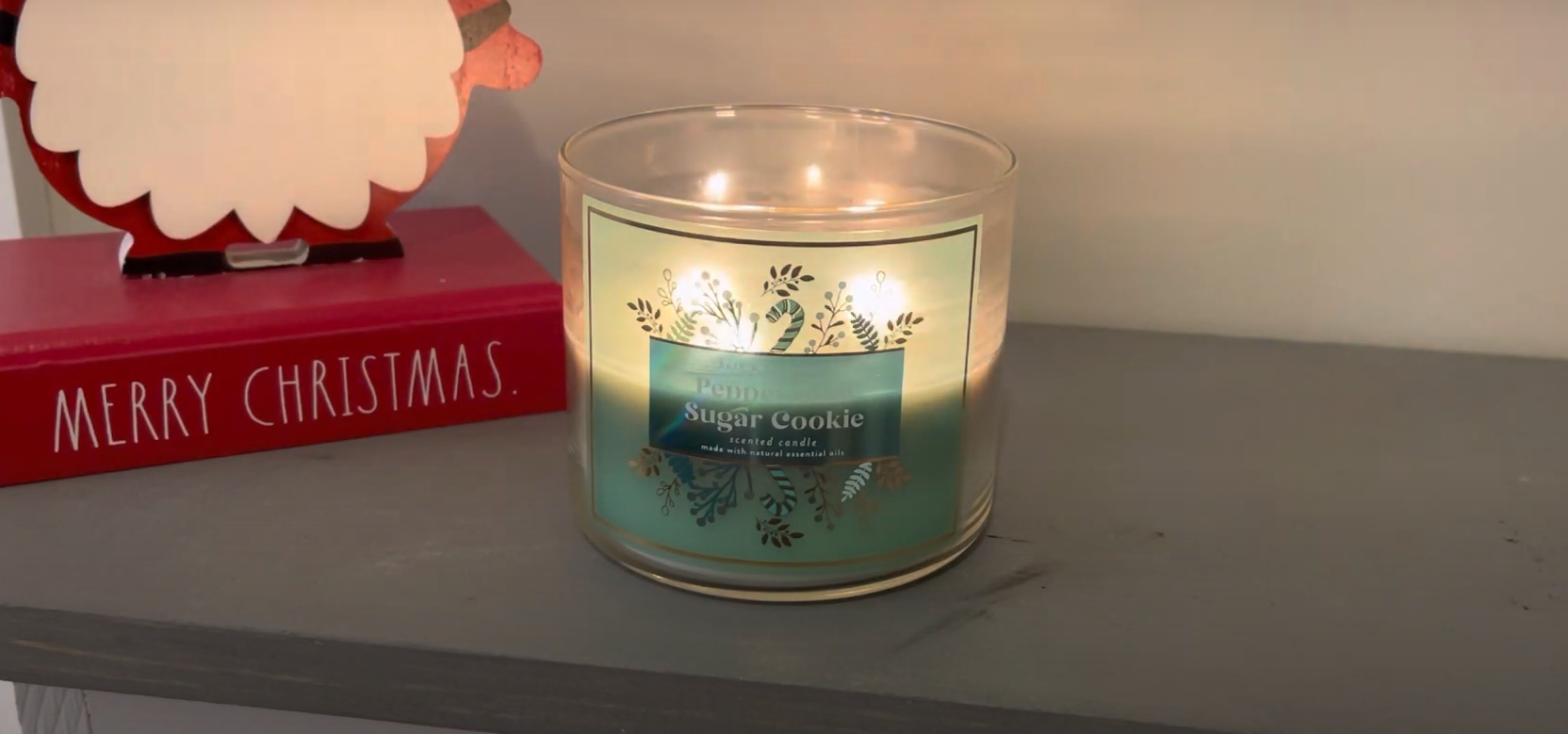
Ancient Greeks wore crowns of peppermint, and today, its refreshing kick is still used in energy gums everywhere. The menthol in peppermint heightens alertness and boosts mental focus. However, high indoor concentrations may cause nausea or headaches. So, peppermint is better left for food and outdoor use.
Pine
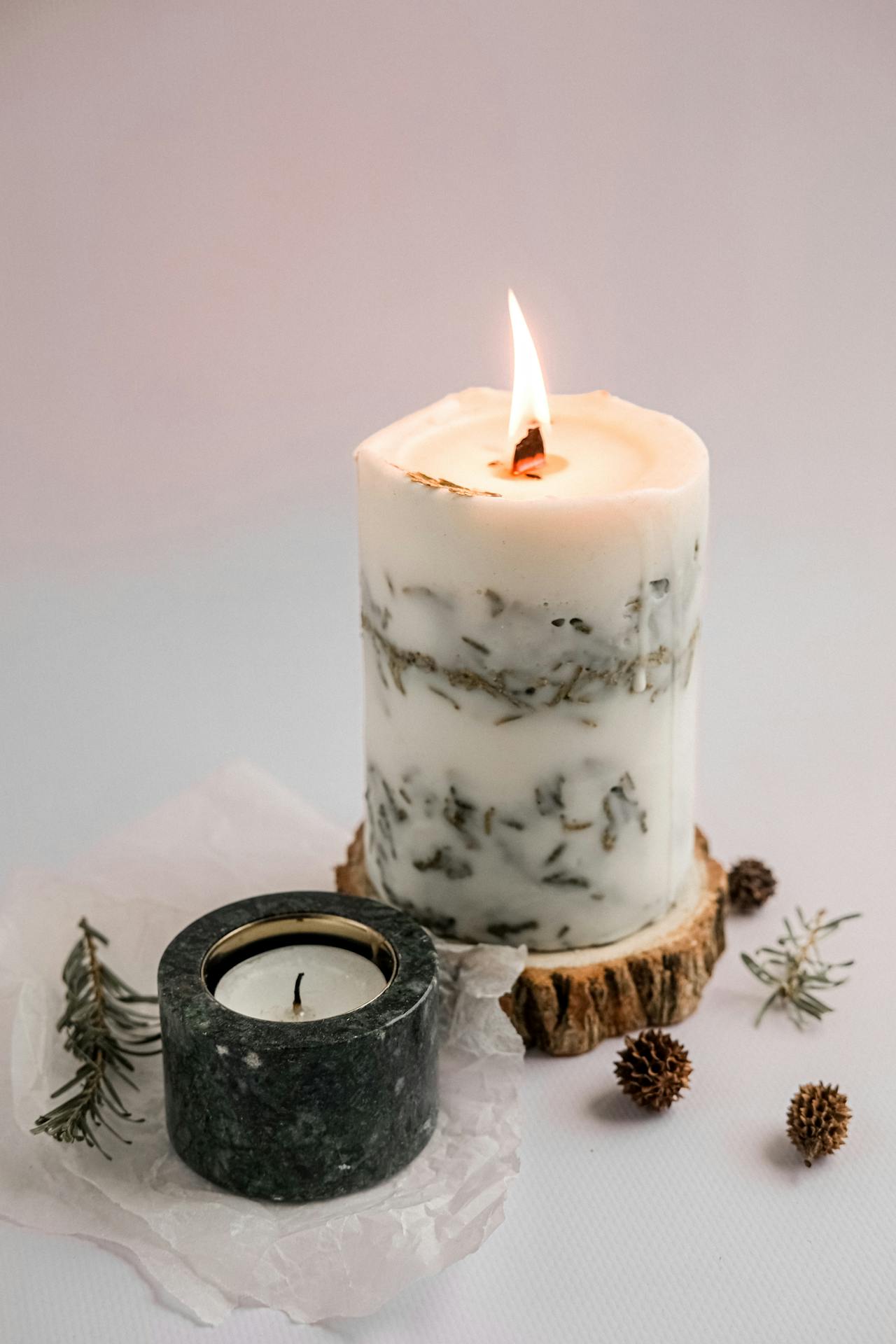
Pine forests help us through phytoncides—wood essential oils known to reduce stress and boost immunity naturally. Yet inside, pine’s dense aroma can suffocate calm spaces and irritate sinuses with long exposure. Its cleansing strength belongs to open air, not confined living rooms.
Eucalyptus
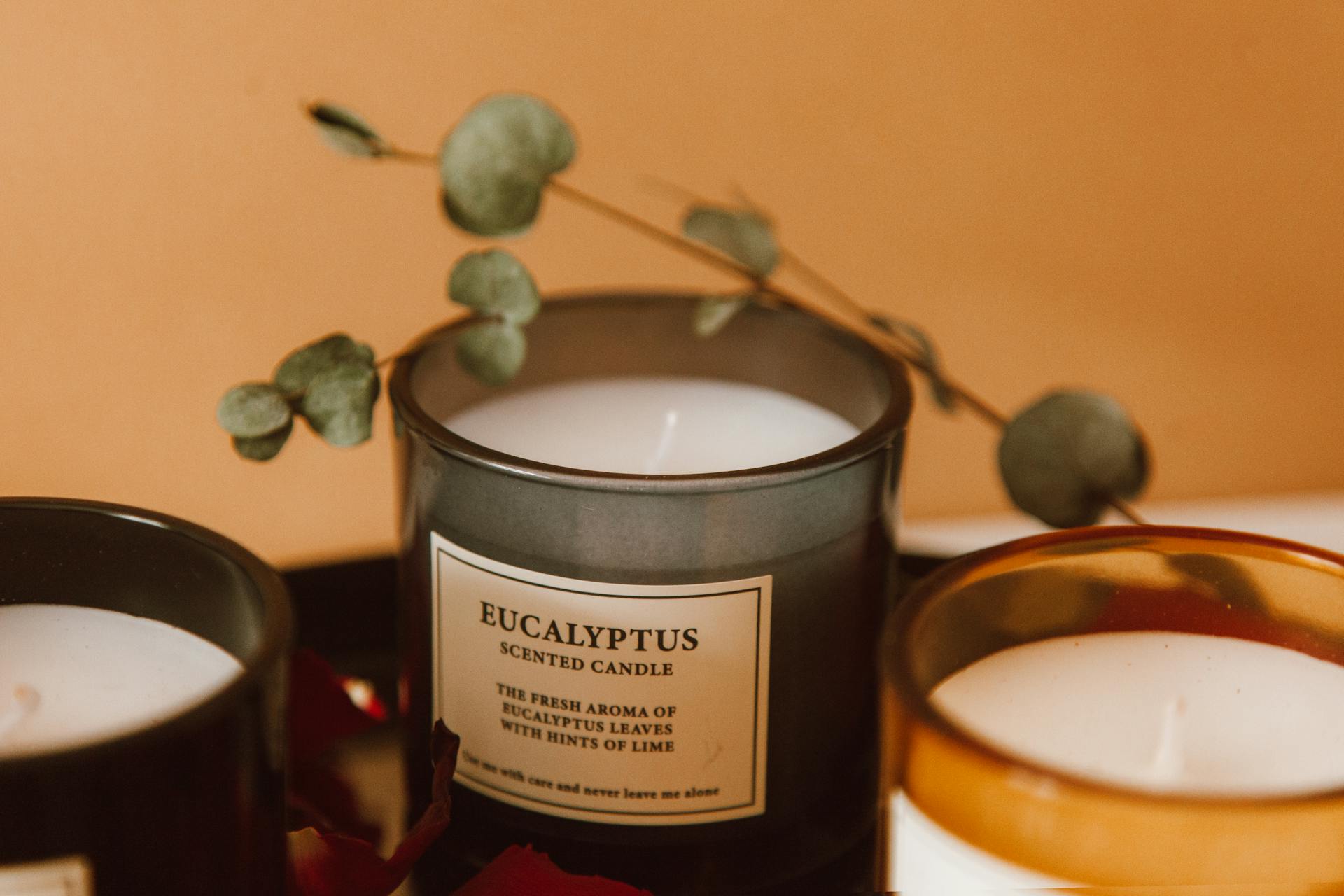
Eucalyptus is widely used for its medicinal properties. Being rich in cineole, it works well as a decongestant but may trigger asthma attacks indoors. Excessive inhalation can irritate sensitive respiratory systems. Thanks to its oil’s insect-repelling ability, it’s quite useful outdoors.
Patchouli
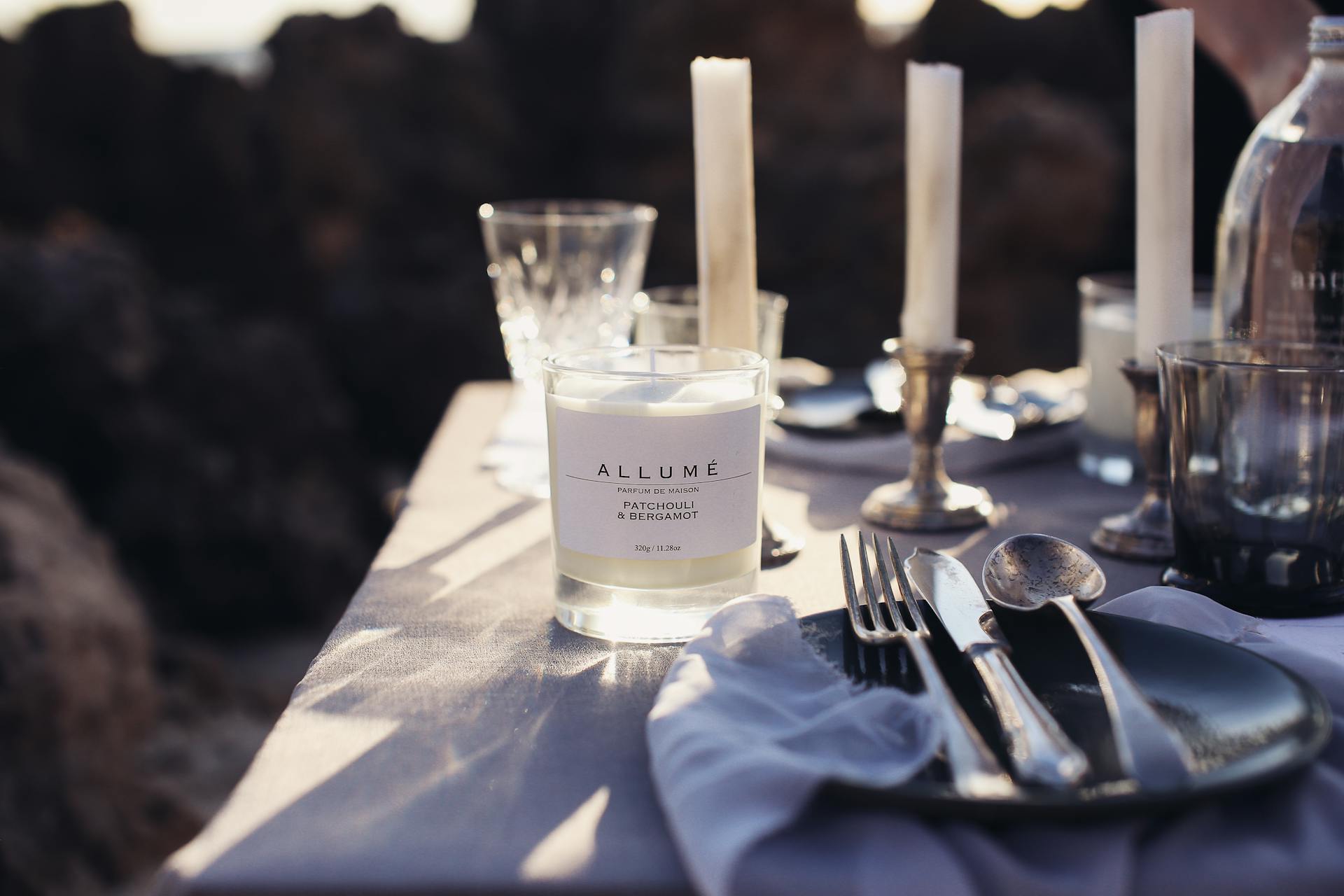
Patchouli drifts back to the free-spirited ‘60s, a scent of rebellion and peace. It now anchors luxury fragrances, so you can wear one during outdoor activities. Unfortunately, its earthy notes linger thickly, turning stuffy in small indoor spaces. Too much can bring headaches or nausea.
Citrus
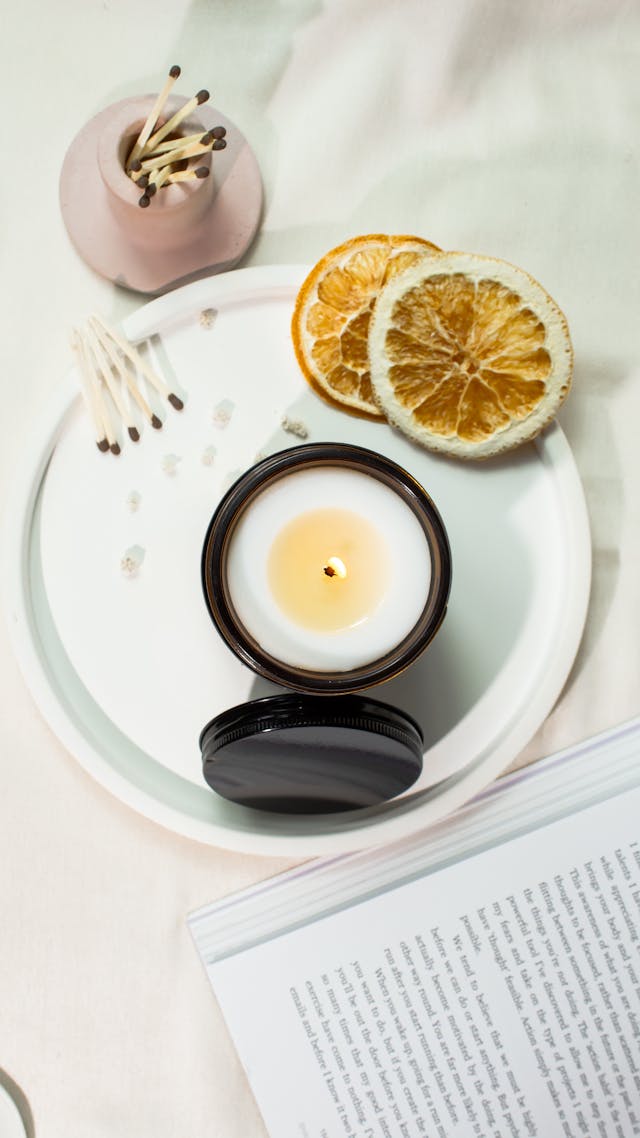
Instead of calming the mind, citrus candles wake it up. Strong citrus oil can even make the skin sensitive if used too much indoors. Lemon oil may often appear in cleaning products, and people may have once put orange peels in closets to keep clothes fresh, but this scent suits morning blends best.
Gardenia
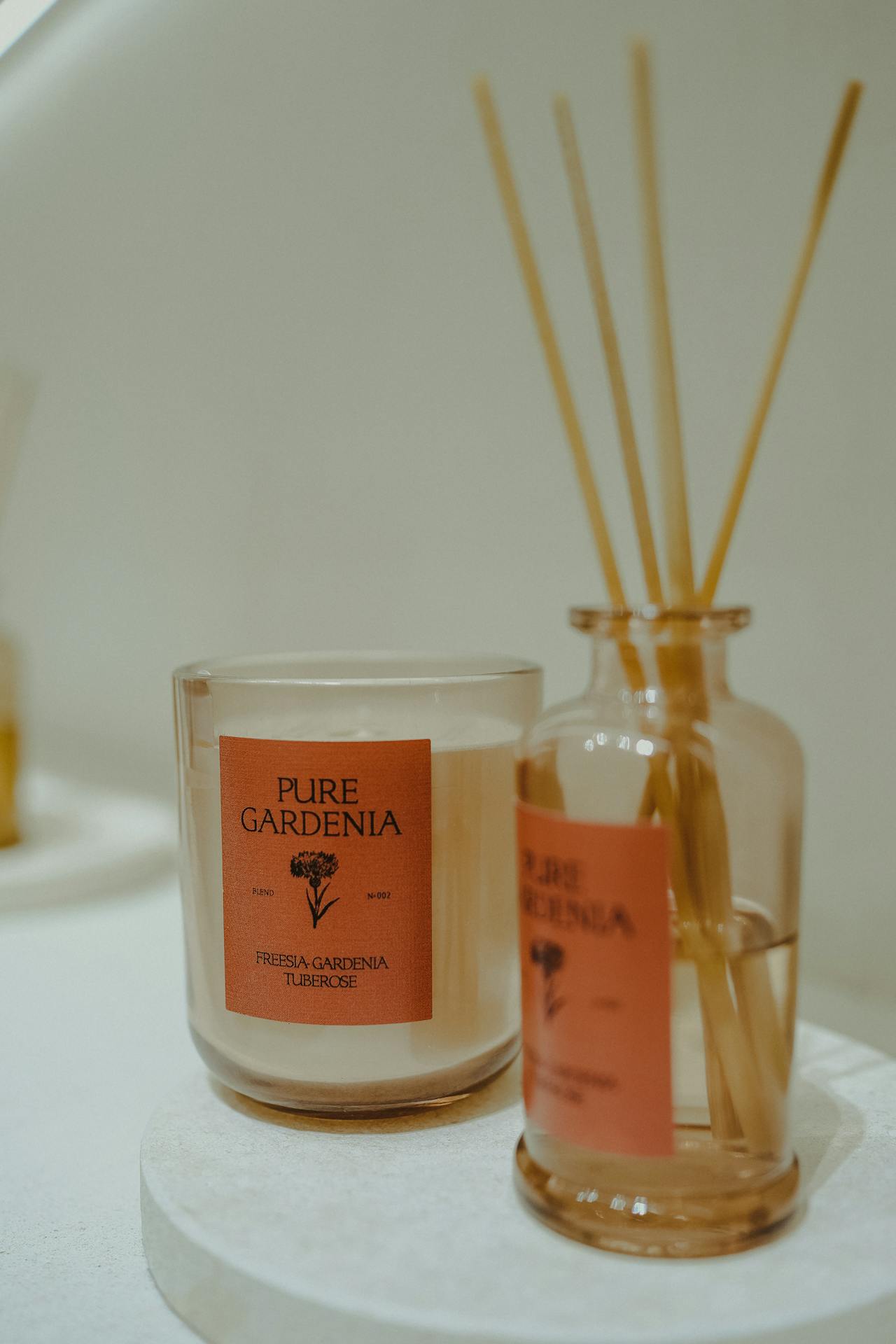
Gardenias adorn floral decorations and corsages. In Hawaii, this flower is also used in making lei, a traditional garland worn on special occasions. But gardenia’s intense floral scent can overwhelm a closed room and feel cloying. High concentrations have been linked to headaches for those with sensitive noses.









